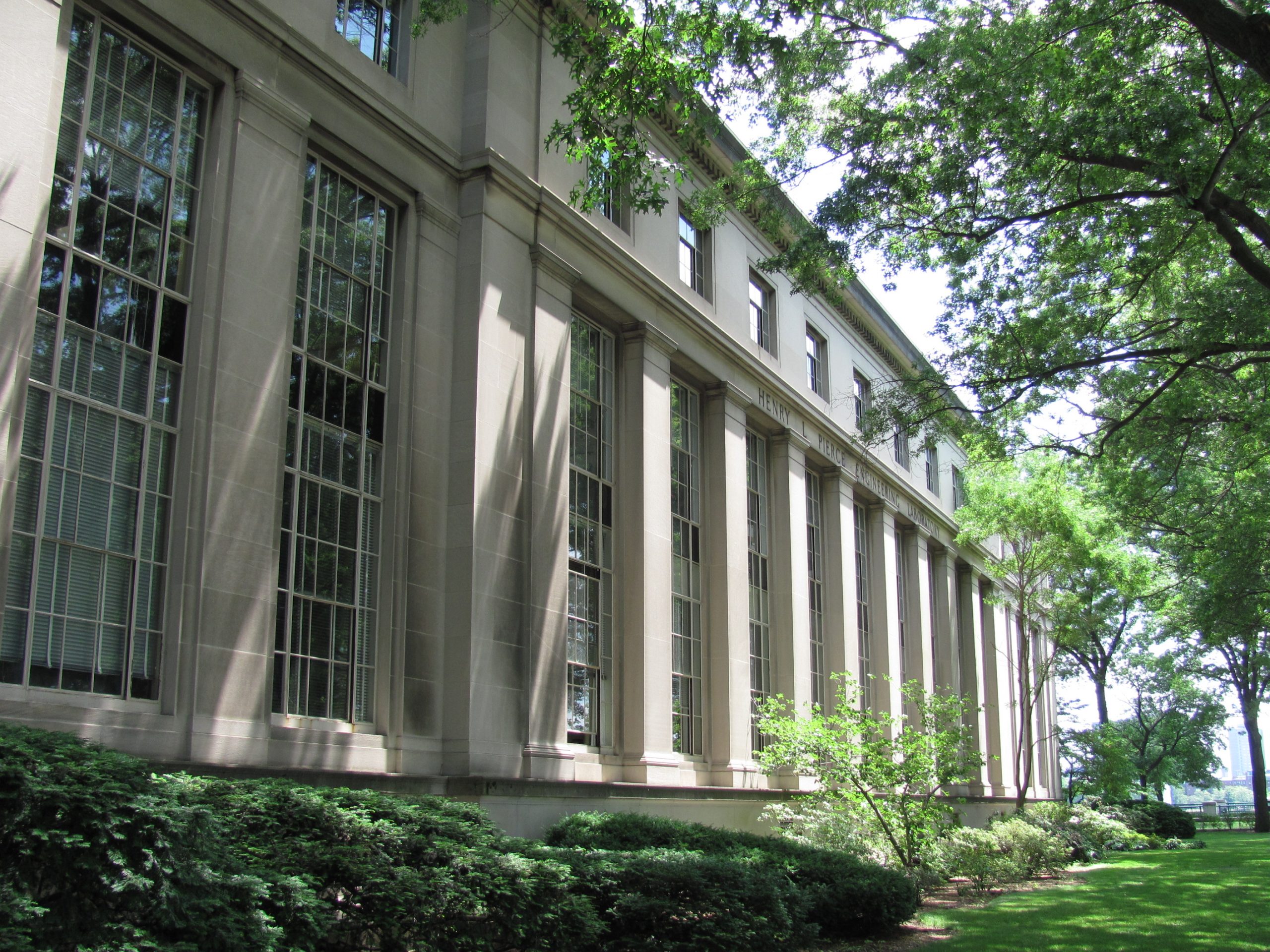Congratulations to Dr. Hessam AzariJafari for earning the American Concrete Institute’s Young Member Award for Professional Achievement. He is recognized “for contributions to the advancement of life cycle assessment in the study of the sustainability of concrete, its implementation in measuring the environmental impacts of construction materials, and its use in carbon emissions policy to achieve carbon neutrality.” He has chaired the ACI Eco Concrete Competition since 2017, chairs ACI 130-G (Education), and serves as secretary of ACI 130 (Sustainability of Concrete) among other involvement across the Institute.
CSHub releases briefs on emissions impact of concrete overdesign and strength testing variability
A CSHub team led by Dr. Soroush Mahjoubi has published two briefs on concrete overdesign and strength testing variability. The team finds that optimizing concrete overdesign—the intentional and required process of designing concrete to meet a higher strength than specified—can lead to savings of 80kg CO2e/m3, a 25% reduction in the GHG emissions of concrete mixtures. They further reveal that concrete strength testing variability causes producers to design higher-strength concrete than necessary. Reducing testing variability results in a 40kg CO2e/m3 reduction in the operational emissions of concrete mixtures.
Op-ed: Policymakers Should Pursue Stronger Construction to Save Lives, Homes, Long-Term Spending
Natural disasters are projected to cost the U.S. nearly $40 billion annually by 2075, highlighting the escalating financial burden of climate-driven disasters. The mounting devastation caused by these extreme events underscores a sobering reality: inaction on current and future construction will only deepen the economic and human toll.
The Trump administration and the new Congress must act decisively to protect the economy’s stability and our communities’ safety. At the MIT Concrete Sustainability Hub, we advance research and develop tools that empower stakeholders—policymakers, insurance companies, code officials, and developers—to enhance building strength and durability by integrating materials science, structural engineering, and economic modeling. We propose enforcing updated building and infrastructure codes, prioritizing the use of stronger materials, and instituting tax incentives to encourage stronger construction.
Reducing urban heating and lifetime GHGs with concrete roads
By mid-century, two out of every three persons on the planet will be living in urban areas. These growing urban populations face two simultaneous climate challenges; extreme heat events attributed to Urban Heat Island (UHI) effects, and Global Climate Change (GCC).”
These projections come from a 2021 study co-authored by MIT researchers Hessam AzariJafari, Randolph Kirchain, Xin Xu and Jeremy Gregory evaluating the impact of cool pavement on urban centres.
Several measures are being undertaken to address UHI mitigation around the world. These include increased urban vegetation and the installation of “cool roofs.” However, not all these strategies are within the control of municipal decision-makers, making it difficult for cities to implement effective solutions.
Yet, pavement material change is one strategy over which cities have a strong influence, if not total control, the researchers write, and it could make a significant difference.
Admir Masic: Using lessons from the past to build a better future
“Roman concrete to me is fascinating: It’s still standing after all this time and constantly repairing,” said Prof. Admir Masic in his MIT News feature. Read the article.
Research meets industry at CSHub’s Fall 2024 Advisory Meeting
On November 6 and 7, we welcomed over 50+ industry professionals from across the concrete, construction, and architecture sectors for a researcher-led poster reception, presentations, and breakout group discussions. We thank all those who attended and contributed to a great conversation.
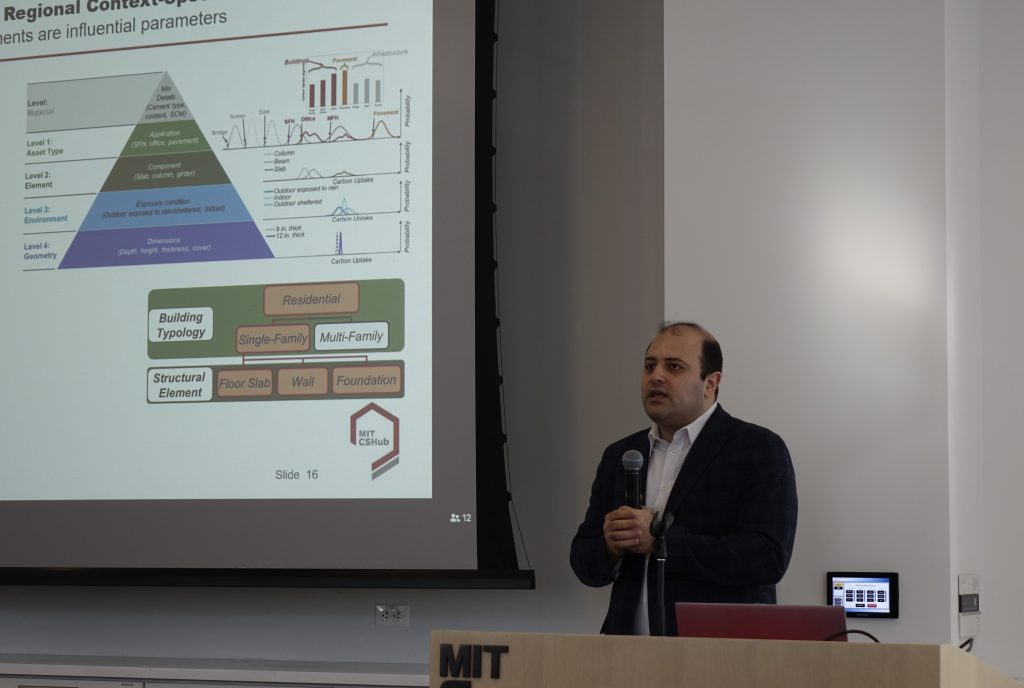
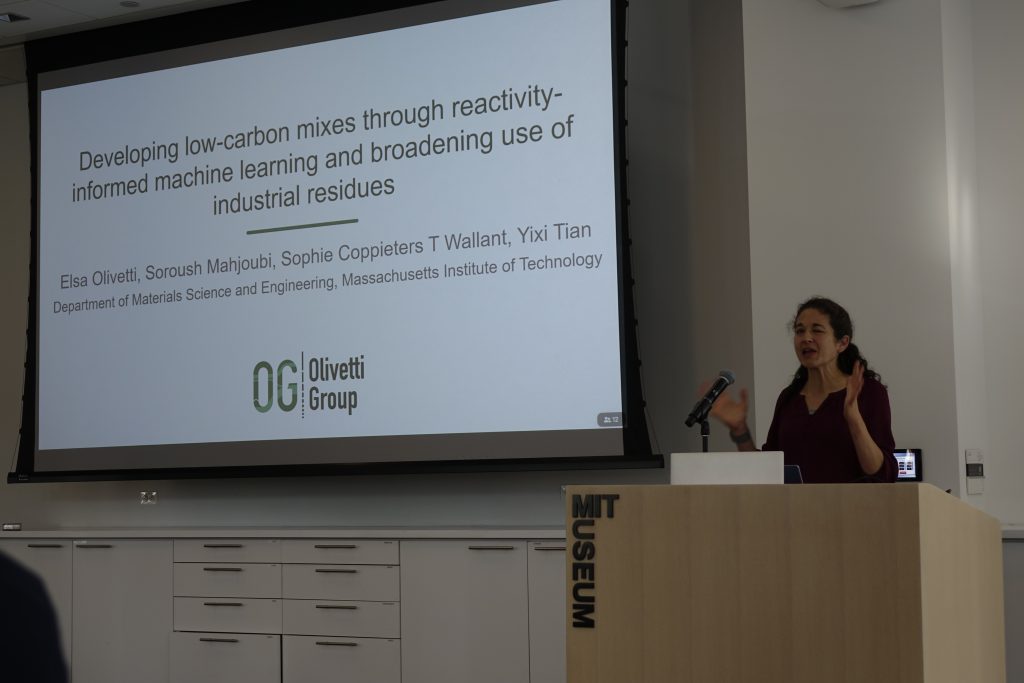
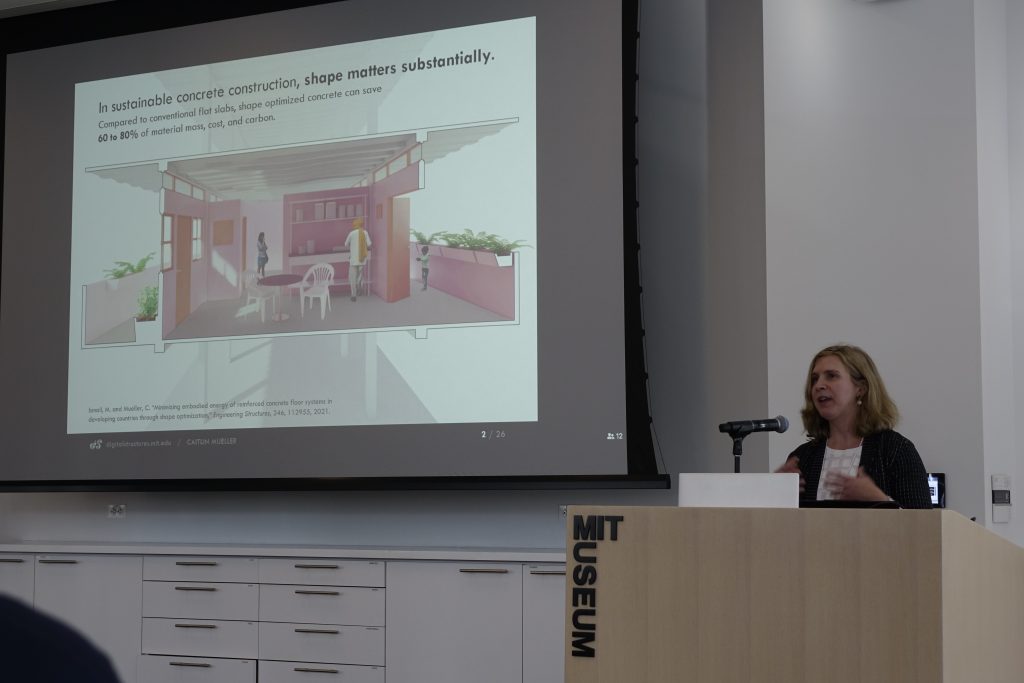
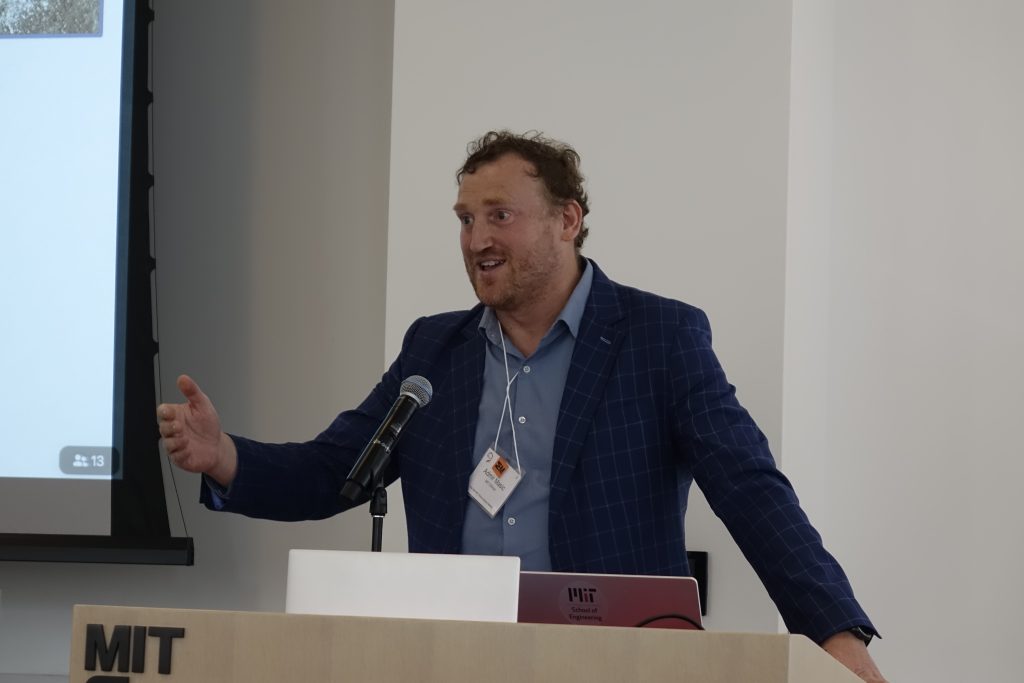
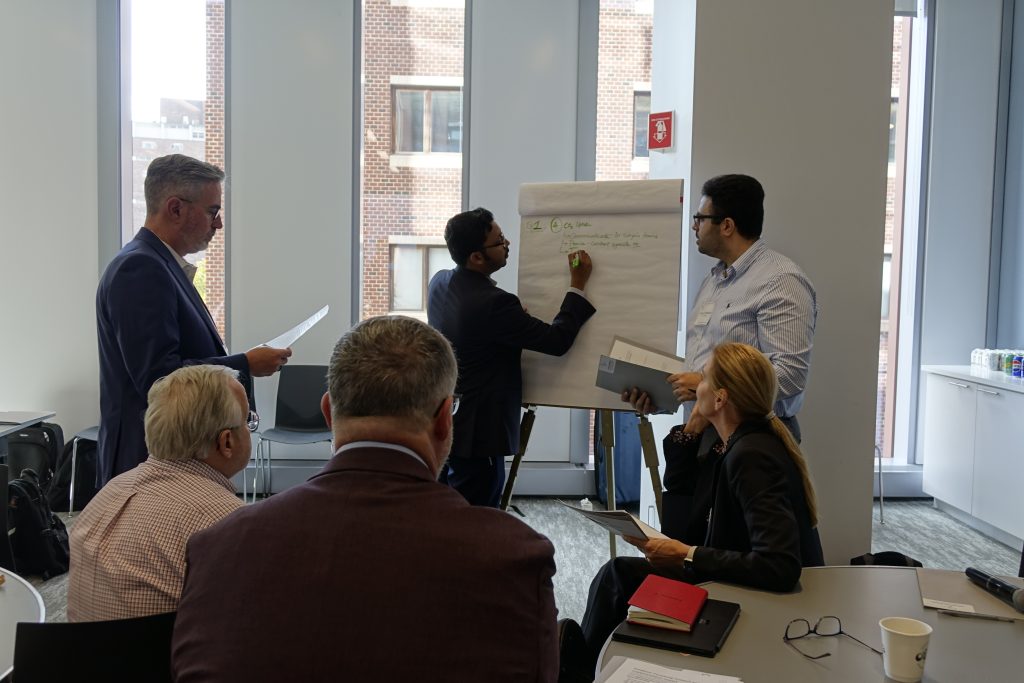
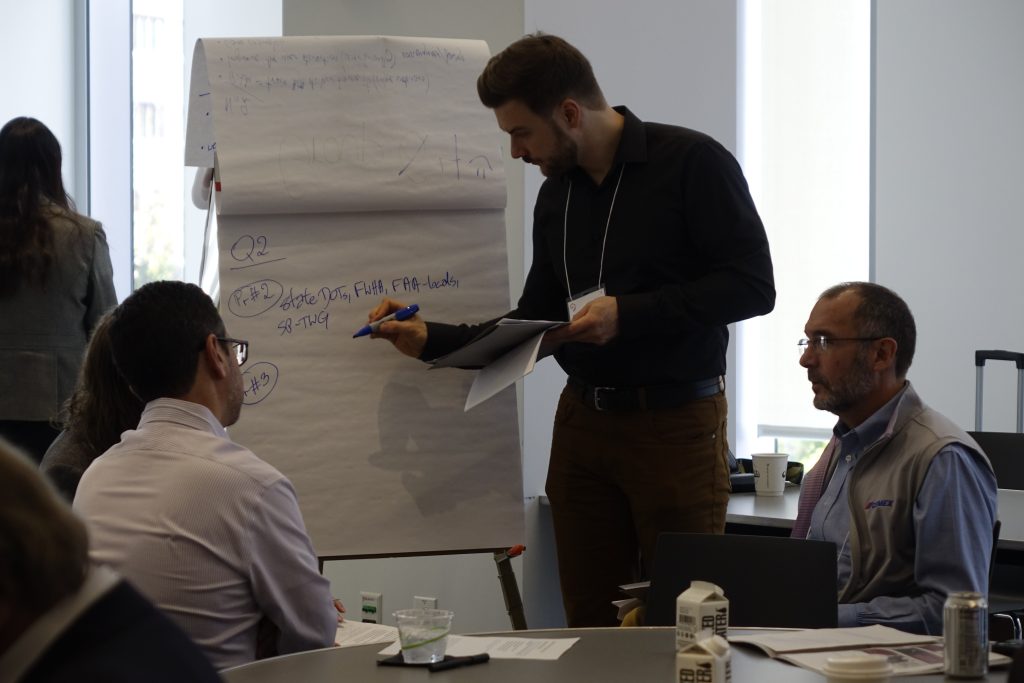
The New York Times: Reinventing Concrete, the Ancient Roman Way
The New York Times featured Dr. Admir Masic’s research on ancient Roman concrete’s self-healing ability and how to harness it to boost the resilience of today’s concrete. Read the new article.
‘Nutrition Facts’ for Emissions: Why EPA Must Account for the Whole Life Cycle in Low Carbon Labels
In their new op-ed in RealClearEnergy, Hessam AzariJafari, Ipek Bensu Manav, and Andrew Laurent explain that while the U.S. Environmental Protection Agency (EPA)’s new low-carbon labels for construction materials are an important step forward, they must account for emissions beyond production to best aid purchasing decisions. The authors propose that the EPA use life cycle assessment tools to generate actionable emissions ranges that account for context and climate, and also expand the range of materials covered under the labeling program.
CSHub launches hazard-informed building LCA dashboard
What makes a building “green?” Conventional understandings of green buildings focus on the greenhouse gas emissions associated with constructing the building. However, as our new dashboard demonstrates, exterior wall material choice has a significant impact on hazard repairs, regular wear-and-tear, and operational energy usage. Dashboard prepared by Dr. Ipek Bensu Manav.

Research Brief: Next-generation concrete: Combining loadbearing and energy storage solutions
Electron-conducting concrete combines scalability and durability with energy storage and delivery capabilities, becoming a potential enabler of the renewable energy transition. In a new research brief by the CSHub and MIT ec³ hub, we explore the mechanics and applications of this technology.


